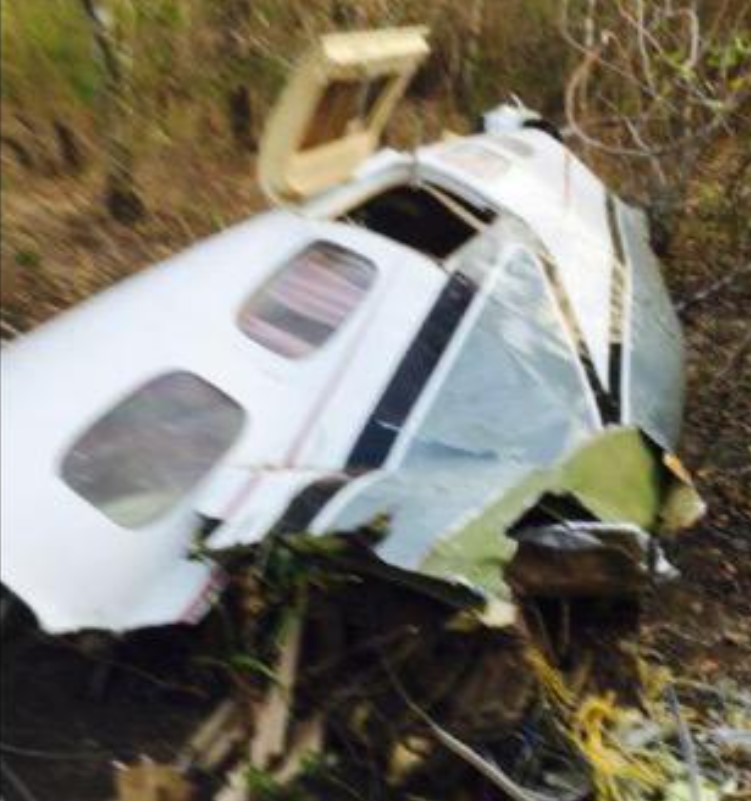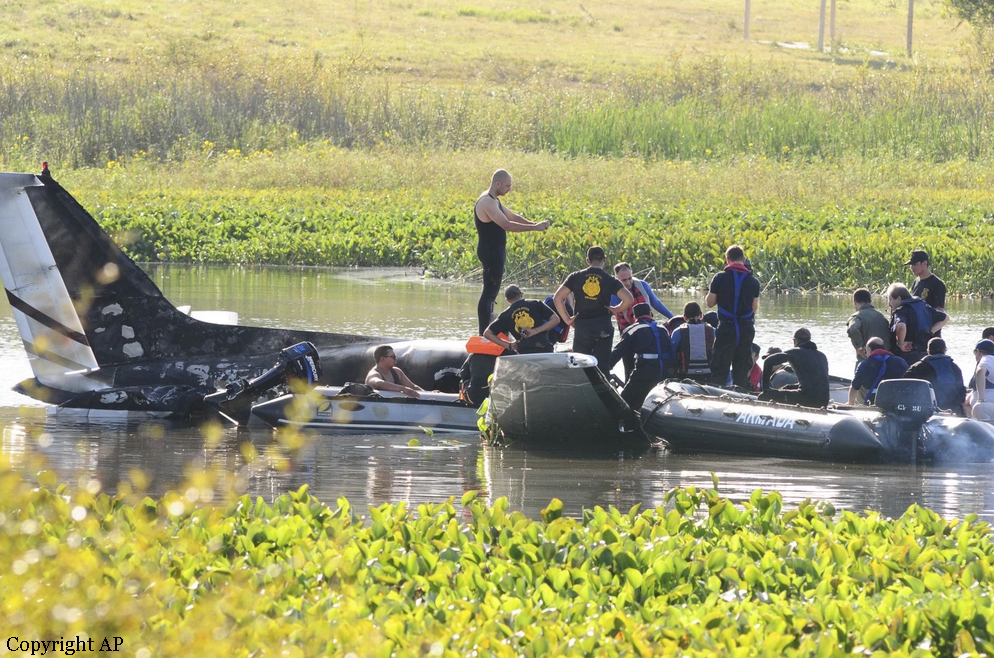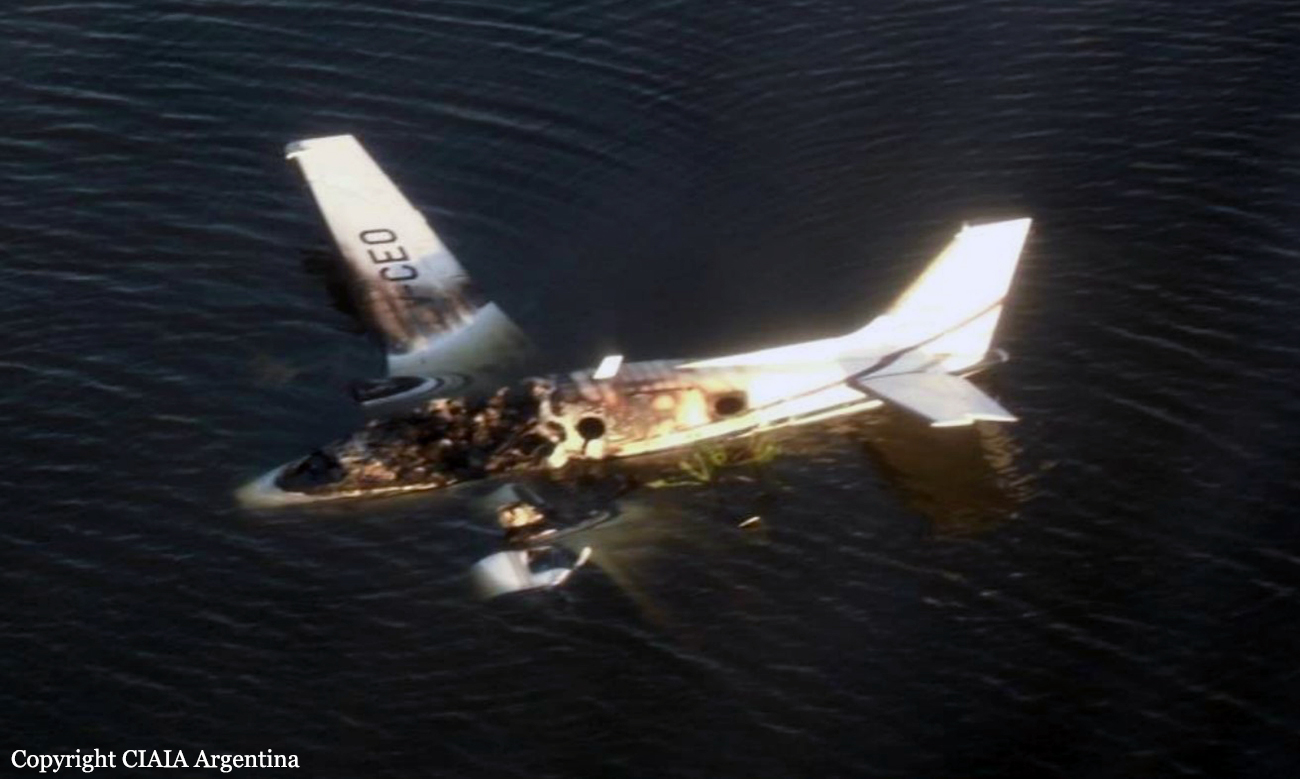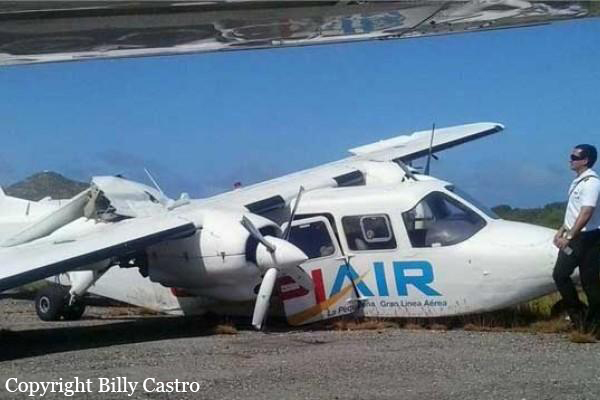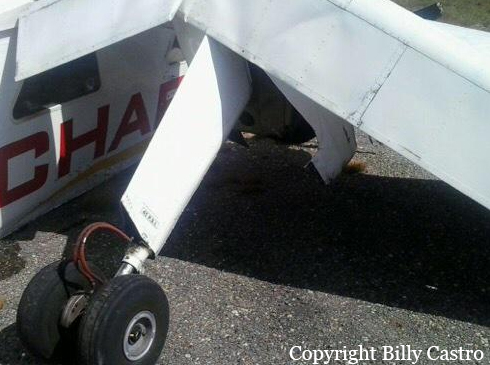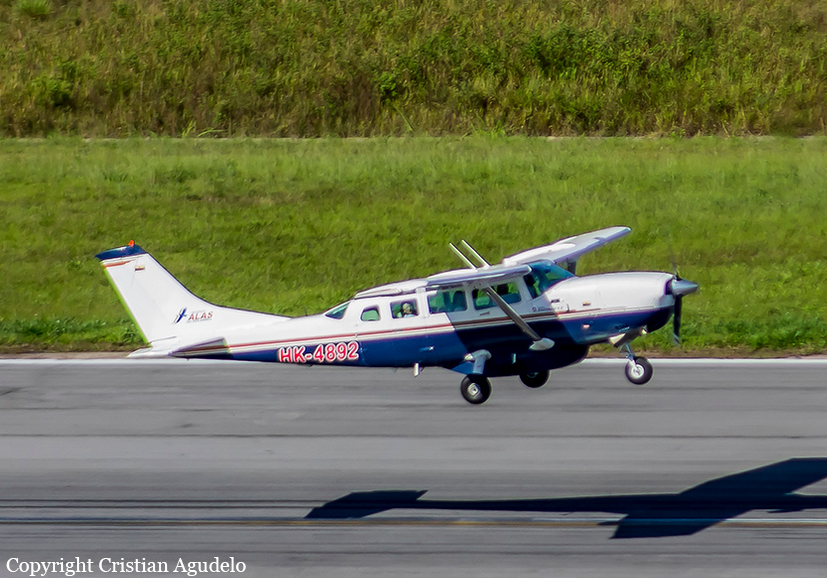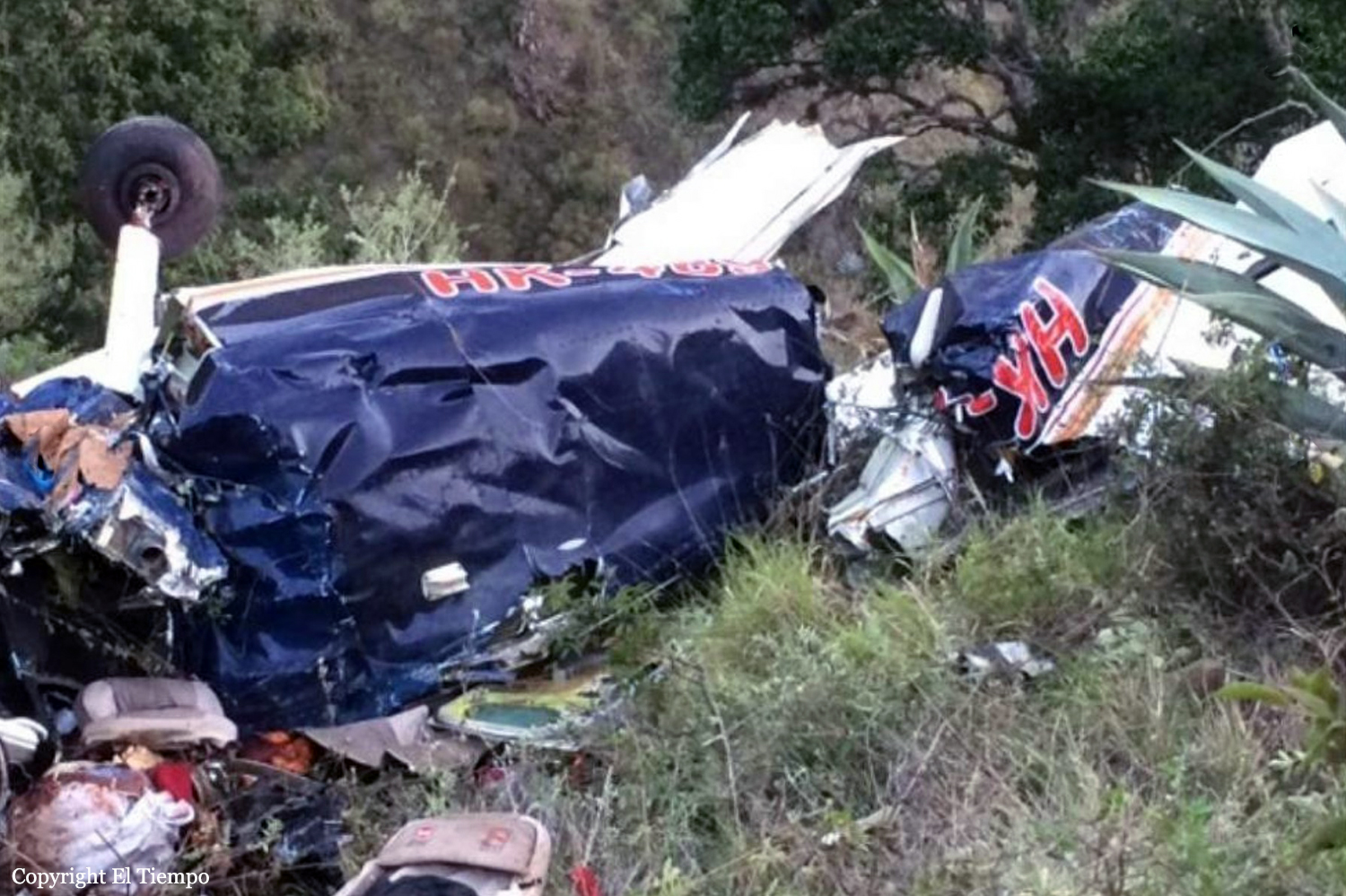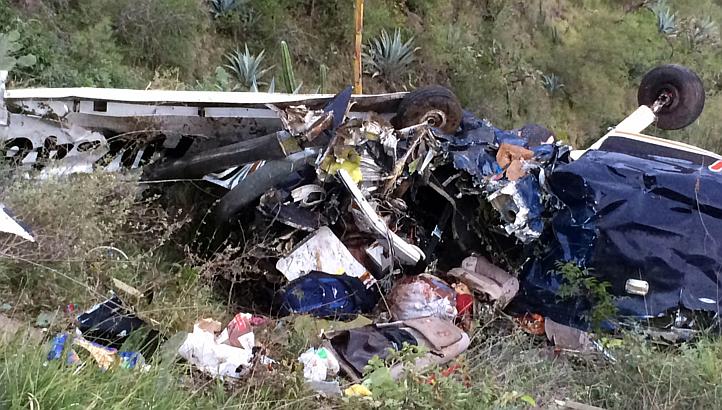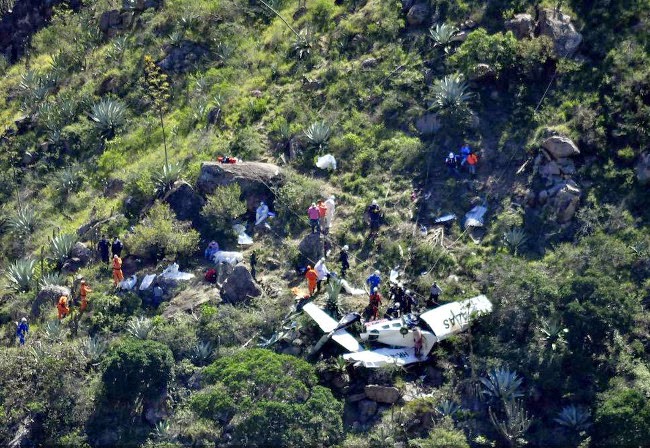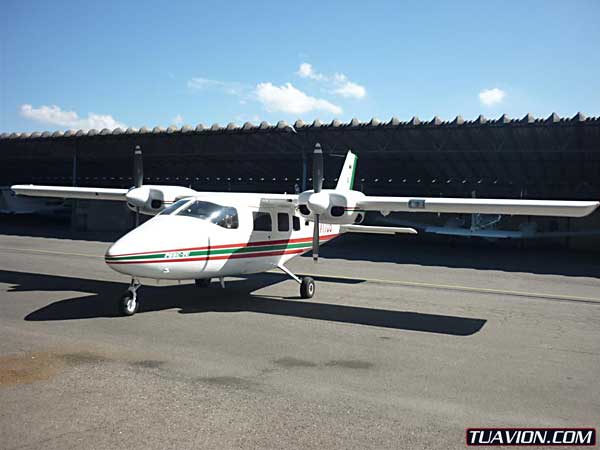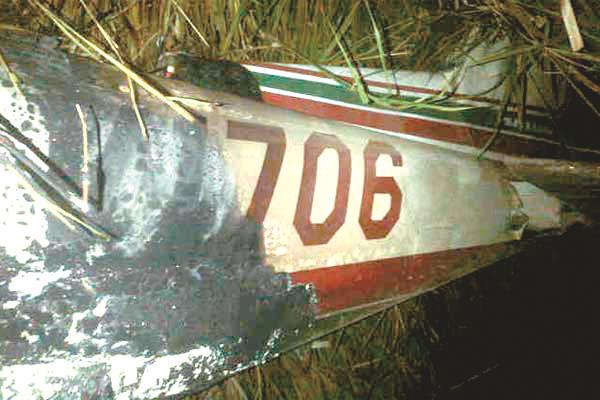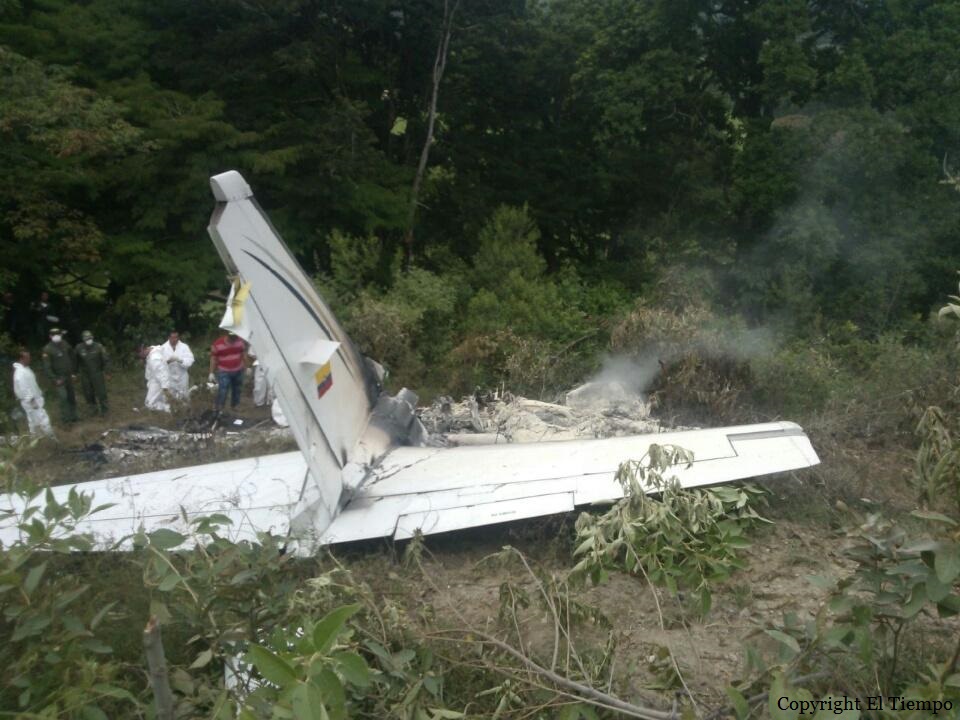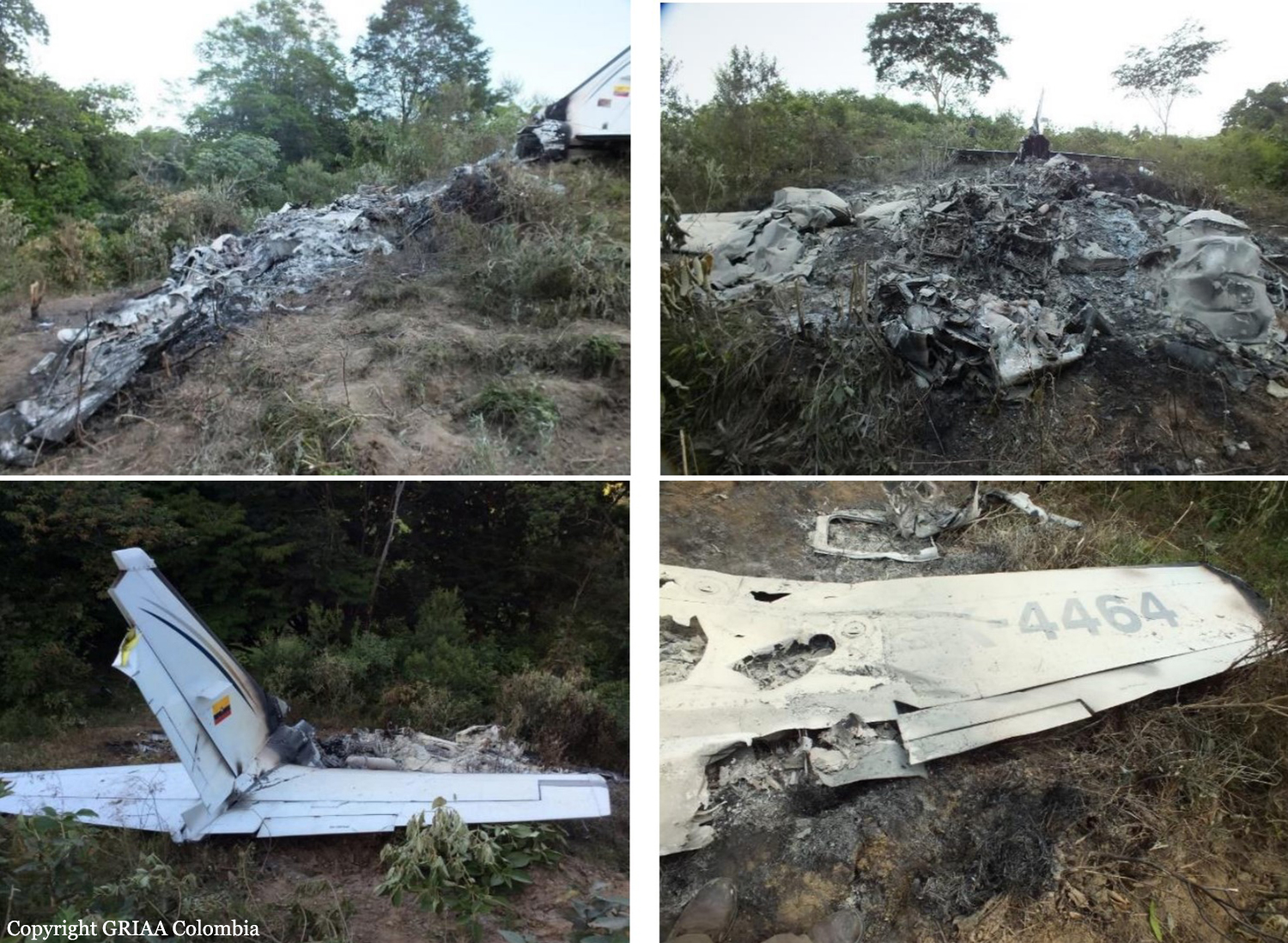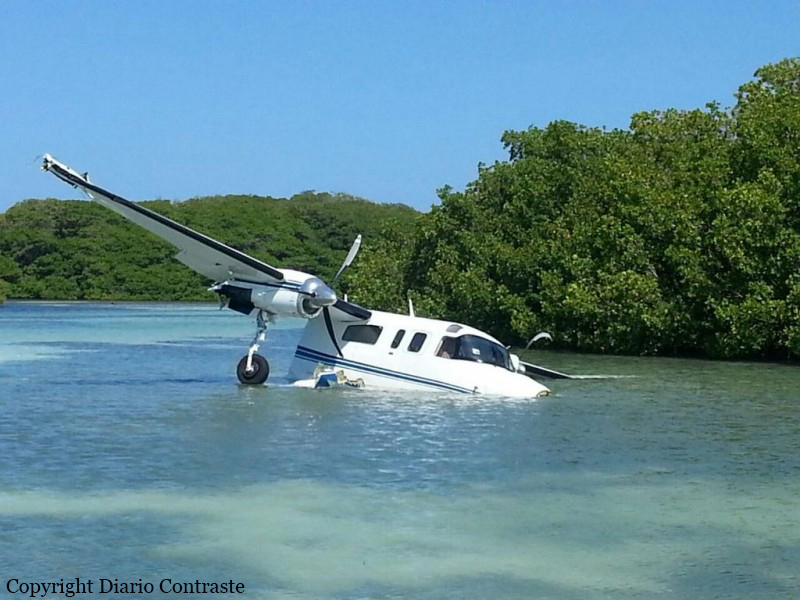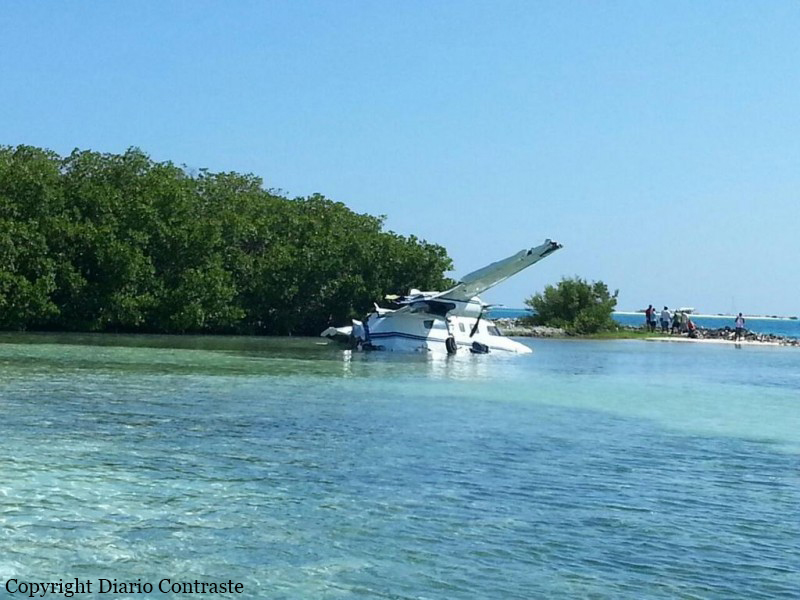Crash of a Beechcraft 200 Super King Air in Maracaibo
Date & Time:
Apr 25, 2015 at 1710 LT
Registration:
YV2803
Survivors:
Yes
Schedule:
Caracas – Maracaibo
MSN:
BB-506
YOM:
1979
Crew on board:
2
Crew fatalities:
Pax on board:
3
Pax fatalities:
Other fatalities:
Total fatalities:
0
Circumstances:
For unknown reason, the twin engine aircraft landed hard. Impact caused the tail to separate. The aircraft lost its undercarriage then slid for few dozen metres before coming to rest, bursting into flames. All five occupants evacuated safely and the aircraft was destroyed. It seems the aircraft suffered an engine failure shortly before landing.





